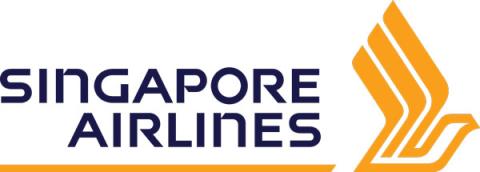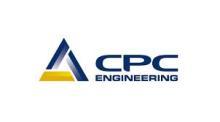Buru Energy has moved to fast-track the phase-one small LNG plant development at its Rafael gas-condensate project in Western Australia’s Kimberley region by launching a pre-front end engineering design (FEED) study. Part of a multi-pronged strategy to monetise the asset, it is expected to be completed in the first half of next year, with the final FEED to follow soon after.


Buru Energy has moved to fast-track the phase-one small LNG plant development at its Rafael gas-condensate project in Western Australia’s Kimberley region by launching a pre-front end engineering design (FEED) study.
The company says the project, which is based on a low-side gas volume, will be powered by hybrid gas-solar sources and will incorporate a nearby carbon-capture-storage facility. The study, to be conducted by GHD, is part of a multi-pronged strategy aimed at monetising the asset and is expected to be completed in the first half of next year, with the final FEED to follow soon after.
Provided all traffic lights turn green on the way down the “development highway”, the company should be in a position to make a final investment decision in the second half of 2025, with first commercial gas production slated for the second half of 2027.
Buru Energy chief executive officer Thomas Nador said: “The work over the next several months will enable Buru to define the Phase 1 Rafael development to a level of maturity that will enable it to proceed to FEED next year for this potentially transformative energy project in the Kimberley. We are demonstrating that Buru is delivering on its plans to generate benefits to its shareholders, Traditional Owners, the Government and Kimberley communities.”
The study news comes after the company recently revealed it had acquired some 200 square kilometres of high-resolution 3D seismic data within and around Rafael, which will provide much greater clarity on the structure and gas-condensate volumes than the vintage, poorer-quality 2D seismic used to position Rafael-1. Once the data is processed and interpreted by year’s end, it will drive the search for a suitable joint venture (JV) partner and fine-tune the location of appraisal wells due for drilling next year.
Buru also recently foreshadowed its search for a suitor to share the financial load and risk of the development plan. The company says it will have significantly de-risked the uncertainties in the structure and volumetrics of Rafael when it finalises the seismic interpretation, putting it in a stronger negotiating position to farm out a percentage of the permit to a strategic partner for a cash consideration.
Management says the timing of a pre-FEED study for a bigger phase-two development will be dependent on the outcome of the appraisal wells, which are set for spud in the second half of next year in a bid to prove up enough resources within the mid-to-high estimates to warrant execution.
The objective of the appraisal drilling will be to ultimately prove up as much reserves as possible with the least number of wells by best positioning them to identify the extent of the gas column. Other data critical to the assessment are the reservoir characteristics, continuity and productivity.
An independent review last year into Rafael’s gas volume contained within the Ungani dolomite reservoir suggested gross contingent gas resource estimates ranging from 59 billion cubic feet (BCF) at a low side to 1.024 trillion cubic feet (TCF) as a high side, with minor additions from the overlying Upper Laurel dolomite reservoir. The high-case estimate is based on a gas column height of 634m, which coincides with the seismically-mapped structural closure seen on 2D data.
However, pressure data suggests it may be up to 900m, implying a stratigraphic trapping component and an enhancement to the currently-estimated high-case gas volumes. The gas column heights are world-class when ranked against other large gas fields.
Buru is wasting no time trying to monetise Rafael and has its foot firmly on the development accelerator, with its pre-FEED study underway while it looks for a suitable co-driver in the form of a JV partner. Once the seismic interpretation is finalised, volumes are reassessed and appraisal wells are positioned, drilled and evaluated, the journey could well become turbocharged.
Is your ASX-listed company doing something interesting? Contact: matt.birney@businessnews.com.au











